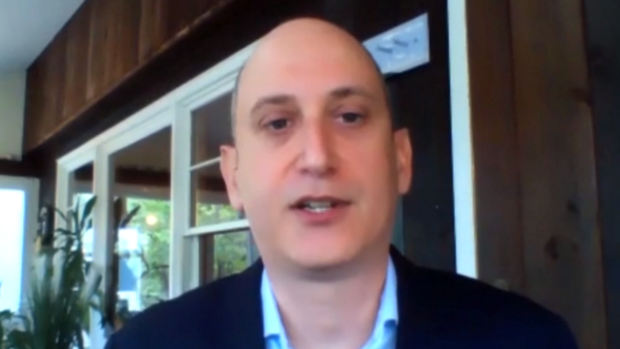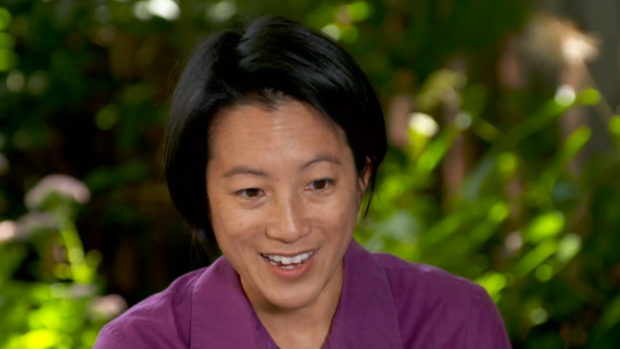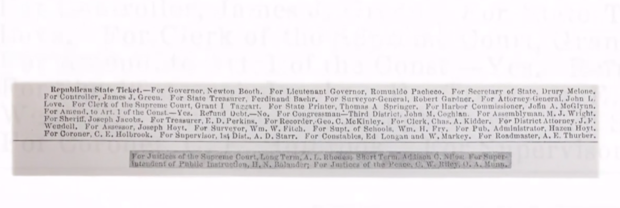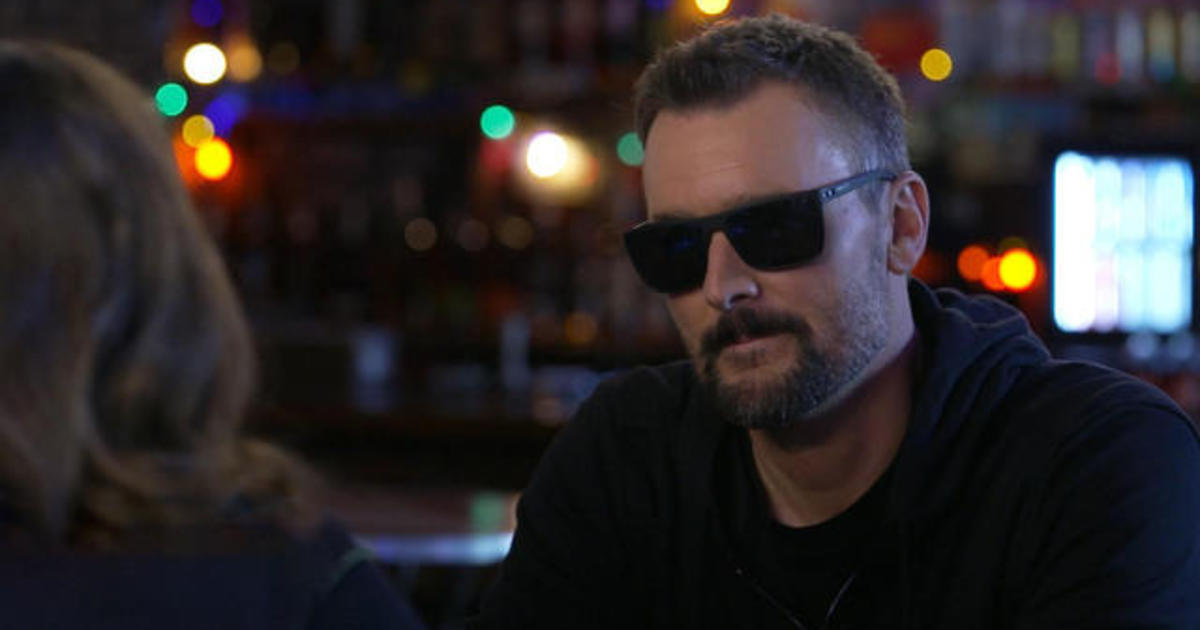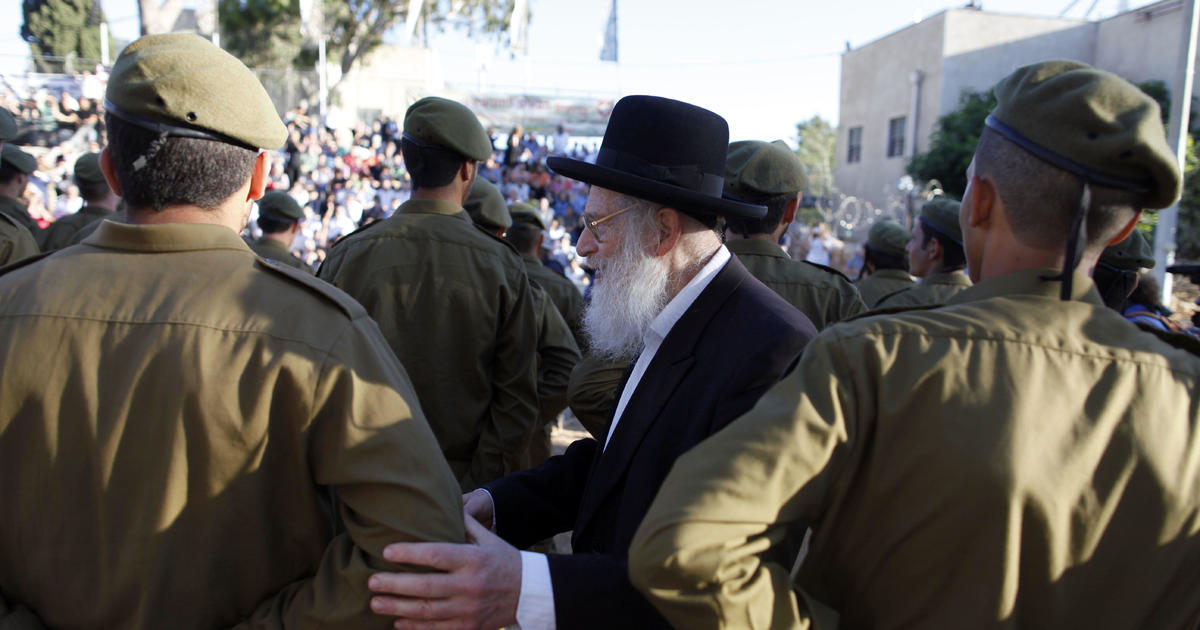Examining the process and history behind the way ballots look
We're just 10 days away from Election Day and, as of Saturday, early voting is underway in 36 states. More than 53 million people have already gone to the ballot box, a ballot dropbox, or have cast their vote by mail.
Of course, the coronavirus is changing when and how we vote. And that's launched an intense political and legal battle over the ballot itself. A modern-day skirmish in a struggle nearly as old as the republic.
November 3 may be a national election, but, in practice, unique ballot and election laws govern how Americans vote in each state, district and territory.
Lawrence Norden is director of the Election Reform Program at the nonpartisan Brennan Center for Justice. He said things could be a lot easier if every American voted on the same kind of ballot.
"Unfortunately, we have such different rules around the country that make having a common ballot very difficult," Norden told CBS News.
This year it's estimated at least half of us will vote early or by mail. And millions are exercising their right for the very first time. That means the design of the ballot is a significant factor for many people.
Norden said the past offers countless cautionary tales. Like two years ago in Broward County, Florida, where the ballot's unusual design may have confused enough voters to tip the race away from Democratic Senator Bill Nelson to his republican challenger, Rick Scott.
And who can forget the 2000 presidential election, when confusion over the infamous butterfly ballot in Palm Beach County, Florida, likely cost Al Gore the presidency?
"It is complicated. It's not very attractive, it's not very organized, but in a way, it's far better than it used to be," Alicia Cheng said.
Cheng is the author of the book "This Is What Democracy Looked Like: A Visual History of the Printed Ballot," released this year. Looking back at a century and half of American elections, she found that voting used to be designed very differently.
"What drew you originally to this was the color of the ballots, right?" CBS News asked Cheng.
"Well, the fact that they were colorful at all," Cheng said.
Cheng, a graphic designer by trade, has been researching ballots as a hobby for years. In her book she writes:
Their typography, their designs, and even the paper they were printed on have a story to tell. They speak to changing notions of what elections are, whom they include and exclude, and the political possibilities they offer.
From ballots printed using a simple letterpress in 1817, to multicolor ballots listing the 1878 Republican ticket in Massachusetts.
"It's bonkers, first of all," Cheng said. "How is that possibly a ballot?"
Or how about a 14-foot scroll for a New York City Democratic primary that Cheng uncovered at the New York Public Library.
"The one that really threw me was the so-called tapeworm ballot," CBS News told Cheng.
"Oh yeah. That's a doozy," Cheng said. "It's about-- sort of the size of sort of like a really big fortune cookie slip. And they were able to get I think, like, 26 names in there. And it was only after they tried it twice that the California legislature is, like, you know what? This is ridiculous."
Many of the ballots reveal the gravity of what was at stake as a young nation evolved in the 19th century. Like one Mississippi ballot from 1868.
"Here is a ballot that was produced during, you know, Reconstruction. And the voter can clearly-- he redlined through all of the options presented to him," Cheng said. "For constitution, was against constitution, just right down the line."
Cheng also found ballots produced by the California Workingmen's Party, whose platform centered on protecting the jobs of White workers from Chinese immigrants.
For decades ballots were produced by the political parties, not the states, often forcing straight party-line votes.
"Having a ballot now that has all the candidates listed on one sheet of paper, that's kind of a radical idea," Cheng said. "And this only started happening, say, in the early 1900s, where an Australian format was adopted that had all the candidates listed by office. Whereas before, each party themselves, printed the ballots. Which is kind of nuts to think of now."
And in the past, voting was considered a form of entertainment.
"Imagine a period where there was no amusement parks or movies. And election and all the hullabaloo within that was the entertainment," Cheng said. "So it was a massive spectacle, barbecues and fireworks and cannon fire. And something that everyone was talking about."
Today, food and fireworks are less common on Election Day. Instead, there's worry about voter access and how quickly ballots can be counted.
Making sure ballots count is also a serious concern in a number of states, including the key battleground of Pennsylvania. There, officials have warned voters not to mistakenly cast a so-called "naked" ballot, a term that refers to the blank envelope a ballot must be placed in before it's returned.
"Which states or areas of states are you guys most concerned about, in terms of being able to properly manage their elections?" CBS News asked Norden.
"In particular when we're talking about design challenges," Norden said. "Any state that is moving from where only a small number of people were voting by mail to large percentages. That could be Pennsylvania. That could be Georgia. That could be Ohio."
From pull levers to computer screens, the evolution of voting has always been bumpy, as Cheng so artfully illustrates.
"How would you design the perfect ballot?" CBS News asked her.
"I think I would not only design the ballot. I would expand my scope and propose that we try to take a look at the whole system," Cheng said. "Voter registration, maybe the signage is better located so that you don't make, basically a county-level election official be the art director for how these ballots get made."
"So you're saying if there's a vacancy at the Board of Elections, you're interested?" CBS News asked Cheng.
"Yeah, I'd do it, I would," Cheng said with a laugh. "It's super sexy, but I would step up."
